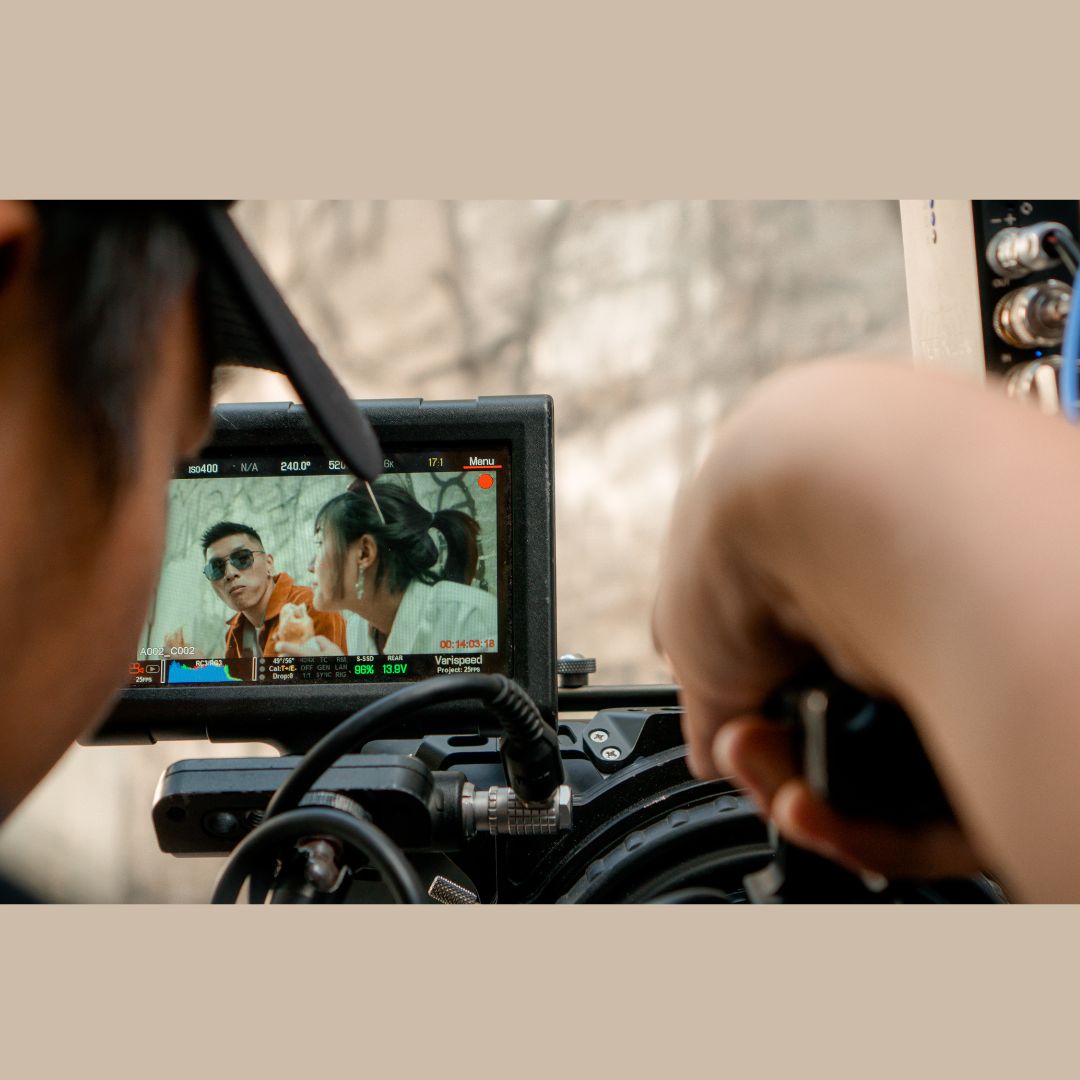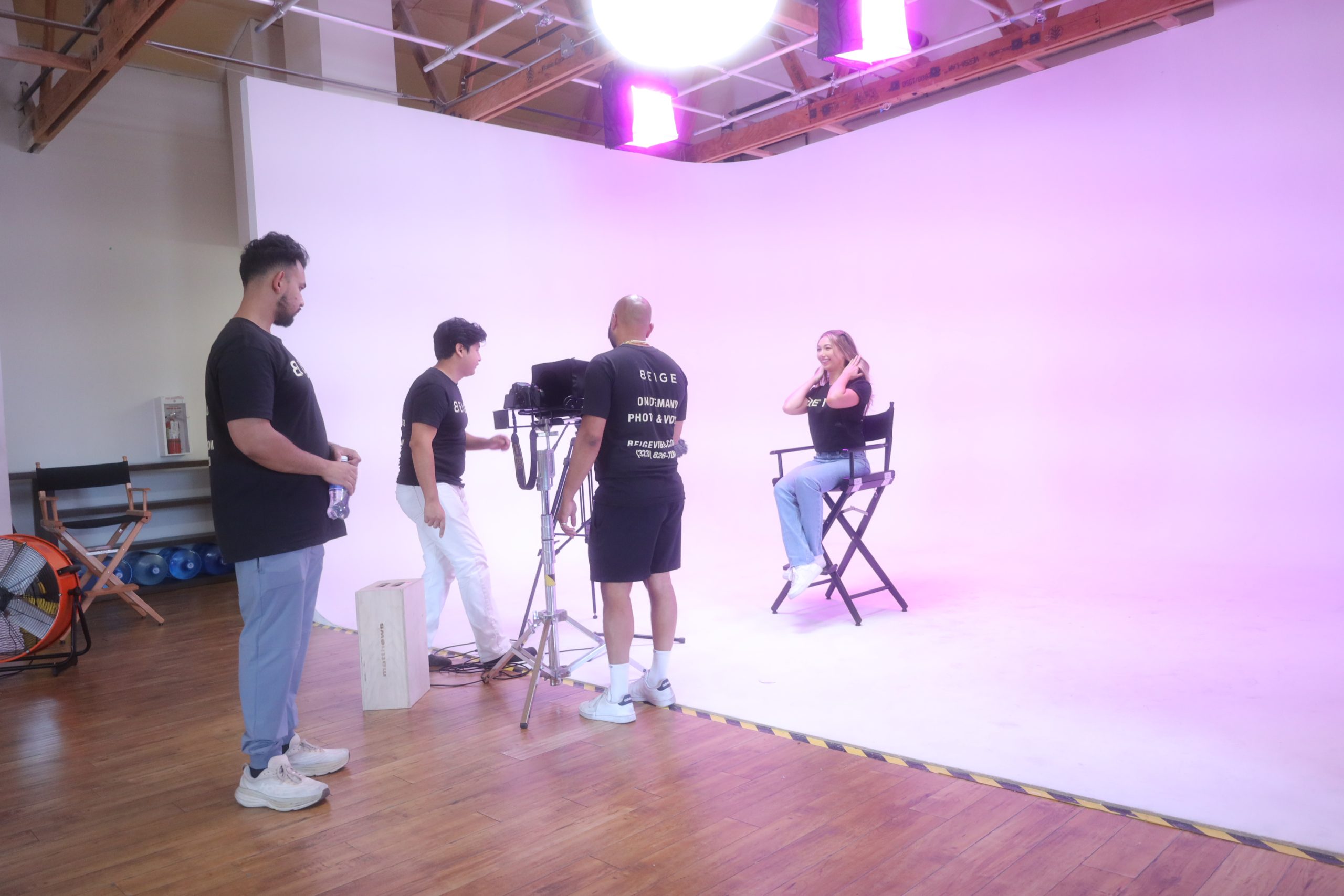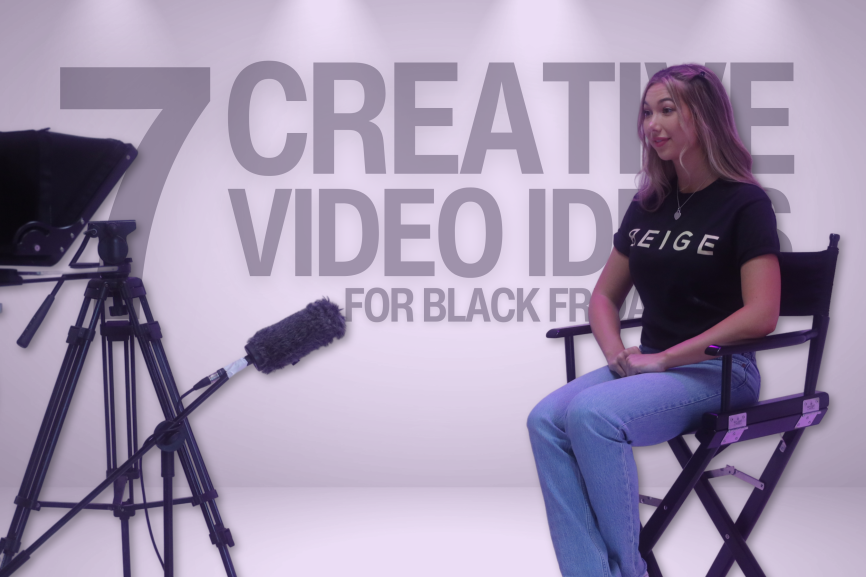No products in the cart.

Engagement Photo Session Tips: A Comprehensive Guide
Introduction: Everyone dreams of receiving a romantic proposal from their significant other. It resembles a childhood fantasy coming to pass. It really is a
In multimedia projects, the combination of still images and videos can create a powerful and dynamic visual experience. By utilizing the strengths of both mediums, multimedia creators can captivate and engage their audience in unique ways. Understanding the significance of still images in multimedia is crucial. They play a fundamental role in conveying emotions, providing visual context, and enhancing the storytelling element. Different types of still images, such as photographs, illustrations, and graphics, can be utilized to evoke specific moods and enhance the overall visual impact. On the other hand, videos offer a dynamic and immersive element to multimedia projects. They can showcase movement, actions, and narratives, capturing the attention of the audience and enhancing the overall user experience. Different types of videos, including live-action footage, animations, and motion graphics, can be incorporated to convey information, evoke emotions, and create engaging content. The fusion of still images and videos in multimedia projects brings together the best of both worlds. The combination allows for visual contrast, dynamic storytelling, and increased engagement. By seamlessly integrating these two mediums, creators can create a cohesive and visually appealing narrative that captures the audience’s attention. Utilizing software and editing tools specifically designed for mixing stills and videos can help achieve the desired visual effect. Techniques such as transition effects, layering, and timing adjustments can be employed to seamlessly integrate stills and videos. Adhering to best practices is essential when incorporating stills and videos in multimedia projects. Consistency in style and tone ensures a cohesive visual experience, while balancing the still-to-video ratio maintains a harmonious blend. Optimizing file sizes and formats helps maintain the quality of the visuals without sacrificing loading or playback speed. Looking at successful examples of multimedia projects that effectively combine stills and videos can provide inspiration and ideas for future endeavors. By understanding the power of blending stills and videos, utilizing the right tools and techniques, and following best practices, multimedia creators can elevate their projects and deliver captivating visual experiences.
Still images play a pivotal role in the world of multimedia, bringing a unique power and impact to various projects. In this section, we will uncover the essence of still images and their significant importance in multimedia endeavors. From capturing emotion to conveying information, we’ll explore the diverse ways still images enhance and enrich multimedia projects. We’ll touch upon the different types of still images utilized in this dynamic field, rendering words unnecessary when these striking visuals tell their own vivid stories.
Importance of Still Images in Multimedia Projects
Still images play a crucial role in multimedia projects, enhancing visual appeal and conveying information effectively. Here are some reasons why still images are important in multimedia:
Pro-tip: When selecting still images, ensure they are high-quality, relevant, and align with the overall narrative of the multimedia project.
In multimedia projects, a variety of still image types are utilized to enhance the visual storytelling and engage the audience. Here are some examples:
| Type of Still Image | Description |
|---|---|
| Photographs | These are digital or scanned images captured with a camera. They can depict people, landscapes, objects, or events. |
| Illustrations | These are hand-drawn or digitally created images that can be used to convey concepts, ideas, or emotions. |
| Icons | These are simplified graphical representations of objects, actions, or ideas, often used for their symbolic meanings. |
| Infographics | These are visual representations of data or information, combining text, images, and graphic elements to convey complex concepts. |
| Text-based Images | These include typographic designs, quotes, or captions, where text is the main element of the image. |
| Logos | These are visual representations of brands or organizations, used to establish visual identity and recognition. |
By incorporating different types of still images, multimedia projects can effectively communicate information, evoke emotions, and create a visually appealing experience for the audience.
Videos have become an indispensable component of multimedia projects, revolutionizing the way we engage with content. Discover the power and potential of incorporating videos into your creative endeavors! Unveiling the myriad benefits and diverse types of videos utilized in multimedia, this section will guide you through the captivating world of video integration. From enhancing storytelling to enriching visual experiences, get ready to immerse yourself in the boundless possibilities that videos bring to the realm of multimedia.
To fully leverage the benefits of using videos in multimedia projects, it is important to ensure high video quality, proper integration with other media elements, and appropriate duration for optimal viewer engagement.
When incorporating videos into multimedia projects, it’s important to choose the appropriate type that aligns with the project’s purpose and target audience. Consider the style, tone, and desired impact to create a cohesive and engaging multimedia experience.
Blending stills and videos in multimedia projects adds depth and engagement to the final product. Here are some benefits of The Fusion: Blending Stills and Videos in Multimedia Projects:
So, whether you’re creating a marketing campaign, documentary, or educational content, consider The Fusion: Blending Stills and Videos in Multimedia Projects to elevate your multimedia projects.
Combining stills and videos in multimedia projects offers several advantages that enhance visual storytelling and engagement.
One historical example of successful multimedia blending is the “War Horse” exhibition, which combined still photographs and videos to depict the realities of World War I in a powerful and immersive way.
(Source: www.history.com/warhorse/exhibition)
To effectively create visual contrast and dynamic elements in multimedia projects, follow these steps:
By adhering to these steps, you will be able to create visual contrast and dynamic elements in your multimedia projects.
Enhancing Storytelling and Engagement can be achieved in multimedia projects by incorporating a combination of stills and videos. Here are some ways to naturally do so:
Pro-tip: Experiment with different combinations of stills and videos to find the right balance that captivates your audience and enhances their storytelling experience.
Discover the secrets behind seamlessly blending stills and videos in multimedia projects! In this section, we’ll dive into the exciting world of tools and techniques that make it possible. From innovative software and editing tools for mixing stills and videos to expert techniques for seamless integration, we’re here to empower you with the knowledge and skills needed to create stunning multimedia presentations. So, let’s uncover the magic that happens when these two mediums unite!
When it comes to mixing stills and videos in multimedia projects, having the right software and editing tools is essential. Here are some options to consider:
These software and editing tools provide a range of options for mixing stills and videos, allowing you to unleash your creativity and create captivating multimedia projects.
When it comes to multimedia projects, incorporating still images and videos seamlessly is key for enhancing the visual appeal and storytelling capabilities. There are several techniques you can use to achieve a smooth transition:
In 2019, Apple introduced a new feature on their iPhone 11 called “Slofies” – slow-motion selfies. This innovative feature seamlessly integrates stills and videos, providing users with a unique and engaging experience.
When it comes to creating compelling multimedia projects, finding the perfect balance between stills and videos is crucial. In this section, we’ll uncover the best practices and tips that will help you navigate the world of blending stills and videos seamlessly. From maintaining consistency in style and tone to striking the right still-to-video ratio, and optimizing file sizes and formats, we’ll explore the practical strategies that will elevate your multimedia projects to new heights. So, let’s dive in and unlock the secrets of creating captivating multimedia experiences!
When combining stills and videos in multimedia projects, maintaining consistency in style and tone is crucial. This ensures that the project has a cohesive and professional look throughout.
By maintaining consistency in style and tone, your multimedia project will have a polished and cohesive visual presentation.
When incorporating still images and videos in multimedia projects, finding the right balance between the two becomes crucial. Here are some useful tips to achieve a balanced still-to-video ratio:
| Optimizing File Sizes and Formats |
When working with multimedia projects, it is essential to optimize file sizes and formats to ensure efficient storage, fast loading times, and compatibility across different devices. By implementing the following best practices, you can achieve optimal results:
|
Examples of successful multimedia projects using stills and videos can be found in various fields, showcasing the power of this creative blend. Some notable examples include:
These examples demonstrate how the combination of stills and videos can enhance storytelling, evoke emotions, and create a visually cohesive experience for the audience. When working on multimedia projects, consider incorporating this dynamic mix to elevate your creative output and engage your viewers.
Yes, you can mix still images and videos in your multimedia projects using Adobe Animate. Adobe Animate allows you to combine different media elements, such as videos, images, and GIFs, to create engaging and interactive multimedia content.
To create motion tweens in Adobe Animate, you can use the motion editor or the motion path. The motion editor allows you to define property keyframes and apply motion presets or custom eases to animate the position, size, rotation, and other properties of your media elements. The motion path allows you to create a path along which your media element will move.
To create multimedia projects in Adobe Animate, it is important to understand the animation basics. This includes concepts like frame-by-frame animation, motion tween animation, and shape tweening. Frame-by-frame animation involves creating a separate frame for each step of the animation. Motion tween animation allows you to animate an object between two keyframes, while shape tweening enables you to transform one shape into another.
Yes, you can include behind-the-scenes moments or descriptive text in your multimedia projects using Adobe Animate. Adobe Animate provides features that allow you to add annotations, descriptive text, or captions to your media elements to provide additional context or information to your audience.
Yes, there is a limit to the number of videos, images, and GIFs you can add per Tweet on Twitter. You can add up to four videos, images, and/or GIFs per Tweet, allowing you to combine different visual elements to express yourself beyond the 280-character limit.
Twitter uses cookies to provide a better and safer service to its users. Cookies are small files that are stored on users’ devices and contain information about their browsing preferences and activity. Twitter uses cookies to personalize content, customize features, analyze trends, and provide targeted advertisements. These cookies also help Twitter improve the security and performance of its platform, ensuring a faster and more reliable service for its users.
Lorem ipsum dolor sit amet, consectetur adipiscing elit. Suspendisse varius
enim in eros elementum tristique.






